
WINGS OF GOLD

An imprint of Globe Pequot, the trade division of The Rowman & Littlefield Publishing Group, Inc.
4501 Forbes Blvd., Ste. 200
Lanham, MD 20706
www.rowman.com
Distributed by NATIONAL BOOK NETWORK
Copyright 2021 by Beverly Weintraub
All rights reserved. No part of this book may be reproduced in any form or by any electronic or mechanical means, including information storage and retrieval systems, without written permission from the publisher, except by a reviewer who may quote passages in a review.
British Library Cataloguing in Publication Information available
Library of Congress Cataloging-in-Publication Data available
Names: Weintraub, Beverly, 1961- author.
Title: Wings of gold : the story of the first women naval aviators / Beverly Weintraub.
Other titles: Story of the first women naval aviators
Description: Guilford, Connecticut : Lyons Press, [2021] | Includes bibliographical references and index. |
Identifiers: LCCN 2021034044 (print) | LCCN 2021034045 (ebook) | ISBN 9781493055111 (hardcover) | ISBN 9781493055128 (epub)
Subjects: LCSH: United States. NavyAviation. | Women air pilotsUnited StatesHistory. | Women in aeronauticsUnited StatesHistory. | United States. NavyOfficer. | Air pilots, MilitaryUnited States. | Aeronautics, MilitaryUnited States. | United States. NavyBiography.
Classification: LCC VG93 .W45 2021 (print) | LCC VG93 (ebook) | DDC 359.9/40820973dc23
LC record available at https://lccn.loc.gov/2021034044
LC ebook record available at https://lccn.loc.gov/202103404
 The paper used in this publication meets the minimum requirements of American National Standard for Information SciencesPermanence of Paper for Printed Library Materials, ANSI/NISO Z39.48-1992.
The paper used in this publication meets the minimum requirements of American National Standard for Information SciencesPermanence of Paper for Printed Library Materials, ANSI/NISO Z39.48-1992.
CONTENTS
Guide
WHEN ID TELL PEOPLE I WAS WRITING A BOOK ABOUT AN EXPERIMENtal program that brought women into US military flight training in the 1970s, Id get about three sentences in before theyd stop me: You mean World War II, right?
The 1,074 members of WASPthe Women Airforce Service Pilots, who flew for the US Army between 1942 and 1944have, at long last, gotten the recognition they so deserve. But the first six pioneering female naval aviators, who were subjects of tremendous publicity at the start of their careers and paved the way for thousands of women military pilots who followed, have largely vanished from the history they both bore witness to and made.
I am honored that theyre letting me tell their stories.
First and foremost, my gratitude to an extraordinary group of women, who, with their families, graciously allowed me into their lives (and, in several cases, their homes) to share their personal tales of tenacity and triumph: Judith Neuffer Bruner (Captain, US Navy/Reserve, Retired), Jane Skiles ODea (Captain, US Navy, Retired), Joellen Drag Oslund (Captain, US Navy/Reserve, Retired), former lieutenant Ana Maria Scott (US Navy), John C. Rainey (Captain, US Navy/Reserve, Retired), Tommy Mariner (Commander, US Navy, Retired), former petty officer second class Tom ODea (US Navy), and Dwayne Oslund (Captain, US Navy, Retired).
My heartfelt thanks to Mary Louise Jorgensen Griffin (Captain, US Navy, Retired), an indefatigable font of knowledge, insight, and information, and a nexus of the female naval aviator community, for welcoming me in;
to former lieutenant commander and Southwest Airlines captain Tammie Jo Shults (US Navy/Reserve), Patricia Welling Leugers (Commander, US Navy, Retired), Jerry Leugers (Lieutenant Commander, US Navy, Retired), and Wendi Carpenter (Rear Admiral, US Navy, Retired), for their invaluable recollections, perspective, and context;
to Melissa Washington of the Women Veterans Alliance and Linda Maloney of Women Veteran Speakers, for helping to connect me to this most impressive community;
to Marc Levitt (National Naval Aviation Museum), Shelia Bickle (Texas Womans University), Erin Sidwell and Gary Johnson (Library of Congress), Madeleine Stix (CNN), Penny White (University of Virginia library system), and Mort Greenberg (Navy Times), for unearthing long-forgotten archival material at a time when a global pandemic had shuttered archives and made travel ill-advised;
to Linda Balink-White (Captain, US Navy, Retired), Paulette French, and the late Senator John Warner, for their quick responses to queries seeking decades-old information;
to Christine Negroni; Carl Malamud; Janis D. Jorgensen (Commander, US Naval Reserve, Retired) of the US Naval Institute; Petty Officer 3rd Class Randy L. Adams II, Laura A. Waayers, Senior Chief Petty Officer Timothy L. Francis, and Jonathan M. Roscoe of the Naval History and Heritage Command; Kelly Murphy and Nancy Bink of Women in Aviation International; and my former New York Daily News colleague Corky Siemaszko and Elizabeth Chuck of NBC News, for pointing me in the right direction;
to ex-Newsers Linda Hervieux and Monique El-Faizy, Howard Yoon, Robert Kern, Gary Ireland, George Robinson, Margalit Fox, Deborah Hofmann Asimov, Susan Raihofer, and Christina Wilsdon, for their sage advice to a novice book author dipping her toe in the water. Also, to Chris for the logo;
to Mary Jo Murphy, whose invitation to write for the Washington Post introduced me to the late captain Rosemary Mariner, and to Stephanie Scott, who saw book potential in this inspiring story;
to Beth Hawkins, a brilliant feature writer making her first acquaintance with naval aviation, for her excellent feedback from a civilian point of view;
to my offspring, Abigail Leib and Josh Leib, for their technical assistance, grammatical guidance, and patient indulgence during this yearlong endeavor;
to the New York / Rome / London Zoom crewAnnamaria, Annie, Charmaine, David, Debbie, Linda, Liz, Susan, and Virginia;
to my sister Ninety-Nines. Blue skies!
And, finally, to Rick Rinehart, Kristen Mellitt, and Melissa Hayes of Lyons Press, for seeing the project through.
ON FEBRUARY 2, 2019, THE SKIES OVER MAYNARDVILLE, TENNESSEE, filled with the roar of four F/A-18F Super Hornets streaking overhead in close formation. In each aircraft were two young female fliers, executing the first all-woman missing man formation flyover in navy history. As the four jet strike fighters reached New Loyston Cemetery from the northeast, the second pilot from the right pulled up, climbing toward the heavens in an aerial salute to a fallen comrade. The other three flew on, the gap in the formation symbolizing the emptiness of a wingman lost.
The singular honor that winter day was a fitting memorial for Captain Rosemary Marinera groundbreaking navy jet pilot; an inspiring military commander; a badass pilot, as one friend described her (though she likely would have bristled at the phrase); and a determined and dedicated leaderwhose drive to ensure that the US military had its choice of the best America had to offer, both men and women, broke down barriers and opened doors for female aviators wanting to serve their country.
In her twenty-four-year military career, begun as one of just eight women chosen for flight training as an experiment in 1972, Mariner racked up an impressive roster of achievements, and firsts. She was the first woman to fly a tactical jet aircraft, in 1974; the first woman to command an aviation squadron, in 1990; one of the first women to serve aboard a navy warship, the World War IIera aircraft carrier USS
Next page

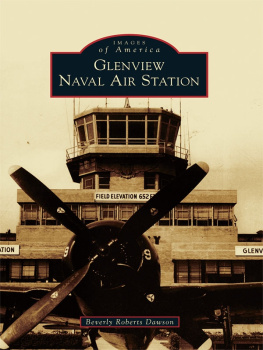
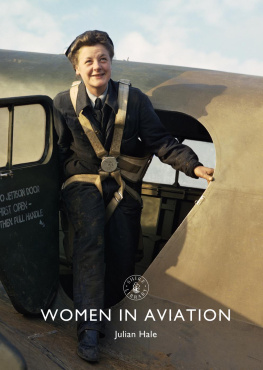
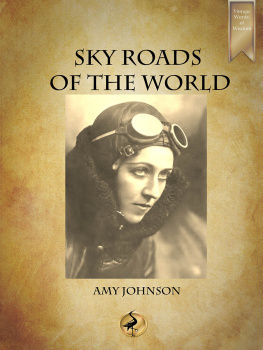
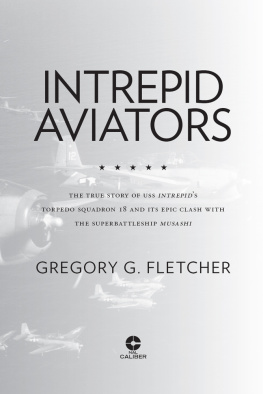

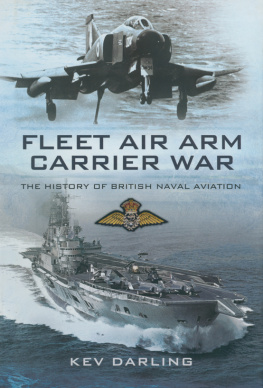





 The paper used in this publication meets the minimum requirements of American National Standard for Information SciencesPermanence of Paper for Printed Library Materials, ANSI/NISO Z39.48-1992.
The paper used in this publication meets the minimum requirements of American National Standard for Information SciencesPermanence of Paper for Printed Library Materials, ANSI/NISO Z39.48-1992.